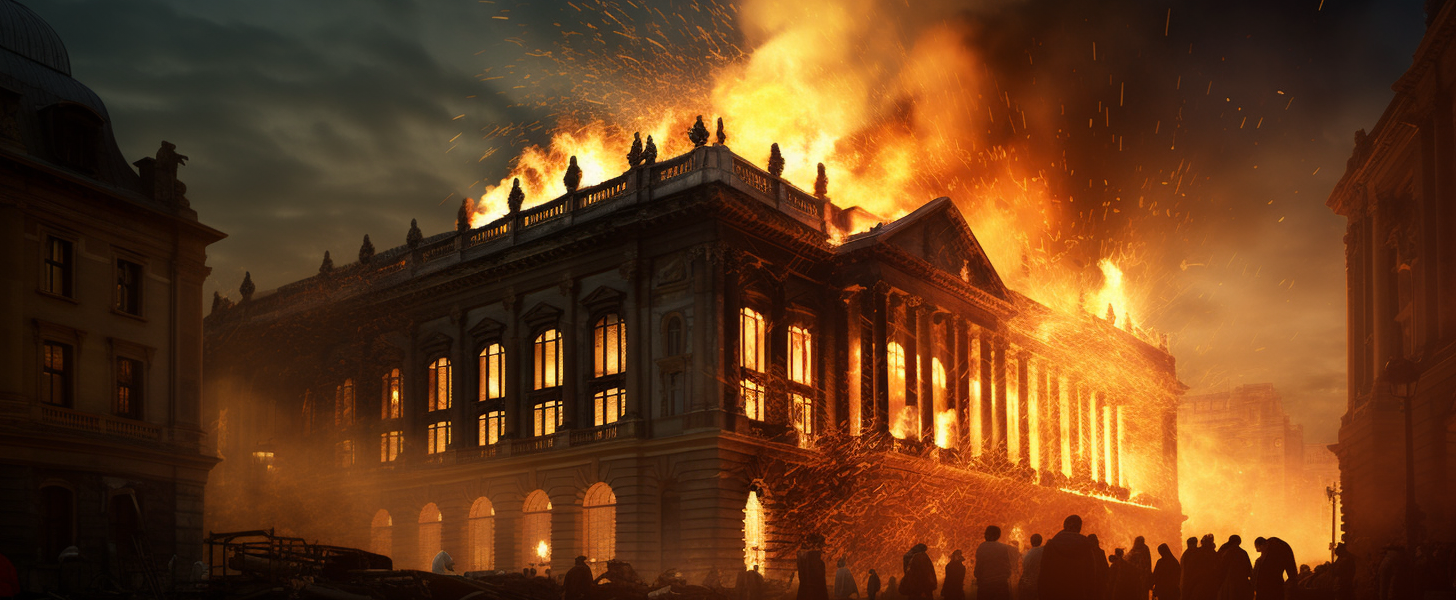In a shocking event that has left both locals and admirers of historical architecture around the world in dismay, Copenhagen’s venerable Old Stock Exchange building suffered a partial collapse due to a fierce blaze. This incident not only marks a significant loss to the Danish capital’s architectural heritage but also raises concerns about the preservation of historical structures.
The Old Stock Exchange, known for its distinctive spire, which is often likened to the tails of four dragons intertwined, has stood as a testament to Copenhagen’s rich trading history and architectural innovation for centuries. Its unique design and historical significance make it more than just a building; it’s a symbol of the city’s past economic glory and architectural ingenuity.
The fire, which erupted under circumstances that are yet to be fully understood, led to the partial collapse of this iconic structure. Emergency services rushed to the scene, battling the flames and working tirelessly to prevent further damage to the surrounding area. The efforts of these responders were crucial in containing the fire and ensuring the safety of the public.
This unfortunate event has sparked a conversation about the challenges of maintaining and protecting historical buildings in modern cities. The Old Stock Exchange building’s partial collapse serves as a poignant reminder of the vulnerability of our cultural heritage and the need for ongoing commitment to its preservation.
As Copenhagen begins to assess the damage and plan for the future, the fire at the Old Stock Exchange building will undoubtedly be remembered as a significant event in the city’s history. It underscores the importance of safeguarding our historical landmarks, not just for their aesthetic and cultural value, but as living connections to our past.



